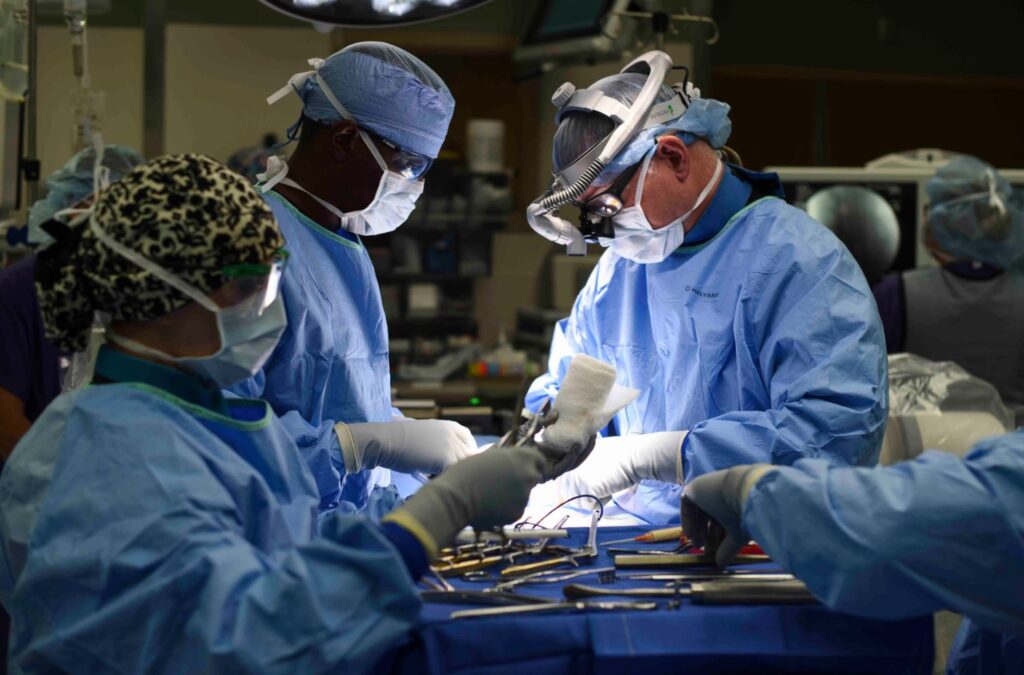
When it comes to surgical treatments, there are many different types of surgeries, including orthopedic and general surgeries. While both types of surgeries involve different parts of the body and different procedures, it’s important to understand the differences between them to make an informed decision about which one is right for you. In this blog, we will explore the differences between orthopedic and general surgery and help you decide which one is best for your needs.
Introduction
Orthopedic surgery is a branch of surgery that focuses on the musculoskeletal system, which includes bones, joints, muscles, tendons and ligaments. Orthopedic surgeons are doctors who specialize in the diagnosis, treatment and management of musculoskeletal conditions. General surgery, on the other hand, is a broad category of surgery that encompasses many different types of surgeries, including abdominal, breast and vascular surgery, among others.
Orthopedic Surgery
Orthopedic surgery involves surgical procedures that address conditions affecting the musculoskeletal system. This can include joint replacements, bone fractures and spinal surgery among other procedures. Orthopedic surgeons use a variety of surgical techniques, including minimally invasive surgery and robotics, to perform procedures with greater precision and accuracy. Orthopedic surgery can be used to treat a wide range of conditions, including arthritis, sports injuries and trauma.
General Surgery
General surgery is a broad category of surgery that involves many different types of surgeries. These surgeries may involve the abdomen, breast, vascular system or other areas of the body. General surgeons may perform procedures such as hernia repair, gallbladder removal and appendectomy among others. General surgery can be used to treat a variety of conditions, including cancer, digestive disorders and trauma.
Common Types of Orthopaedic Surgeries:
- Knee replacement surgery: This procedure is done to replace damaged or worn-out knee joints with artificial ones.
- Hip replacement surgery: It is a surgical procedure in which the damaged hip joint is replaced with a prosthetic implant.
- Arthroscopic surgery: This is a minimally invasive procedure that involves inserting a tiny camera and instruments into a joint to diagnose and treat problems such as torn cartilage, ligaments and tendons.
- Spinal surgery: It includes a range of surgical procedures that aim to treat spinal conditions such as herniated discs, spinal stenosis and spinal deformities.
- Shoulder surgery: It is done to treat conditions such as rotator cuff tears, shoulder instability and frozen shoulder.
- Hand surgery: It includes a range of surgical procedures that aim to treat conditions such as carpal tunnel syndrome, trigger finger and fractures of the hand and wrist.
- Foot and ankle surgery: It involves a range of surgical procedures that aim to treat conditions such as bunions, hammertoes and ankle fractures.
By undergoing these surgeries, patients can often experience relief from chronic pain, increased mobility and improved quality of life. However, it is important to consult with a qualified orthopaedic surgeon to determine which procedure is best suited for an individual’s unique situation.
Types of general surgery:
- Appendectomy: This surgical procedure involves the removal of the appendix, which is a small organ located in the lower right side of the abdomen. Appendectomies are typically performed in cases of acute appendicitis, which is a condition that causes inflammation of the appendix.
- Gallbladder removal surgery: This surgical procedure, also known as cholecystectomy, involves the removal of the gallbladder, which is a small organ located beneath the liver. Gallbladder removal surgery is usually performed in cases of gallstones or other conditions that cause pain or discomfort in the upper abdomen.
- Hernia repair surgery: This surgical procedure involves repairing a hernia, which is a condition that occurs when an organ or tissue protrudes through a weak spot in the surrounding muscle or connective tissue. Hernia repair surgery can be performed using a variety of techniques, including laparoscopic surgery and open surgery.
- Breast surgery is a type of general surgery that focuses on the treatment of breast diseases and conditions.
Which is Right for You?
The decision between orthopaedic surgery and general surgery will depend on the specific condition that needs to be treated. If you have a musculoskeletal condition, such as arthritis or a sports injury, then orthopaedic surgery may be the best option for you. Orthopedic surgeons are trained to diagnose and treat conditions affecting the musculoskeletal system and they have specialized expertise in performing procedures such as joint replacements and spinal surgery.
If you have a condition that does not involve the musculoskeletal system, such as a hernia or gallbladder issue, then general surgery may be the best option for you. General surgeons are trained to perform a wide range of surgical procedures and they have expertise in diagnosing and treating conditions affecting the abdomen, breast, vascular system and other areas of the body.
Orthopaedic and general surgery are two distinct branches of surgery that address different areas of the body and conditions. Orthopedic surgery focuses on the musculoskeletal system, while general surgery covers a wide range of procedures, including those involving the abdomen, breast and vascular system. Patients should consult with a qualified surgeon to determine the best treatment option for their unique situation. Dr Ashish Suryawanshi is a qualified orthopaedic surgeon who specializes in joint replacements, spine surgery and sports injuries. For more information, please visit https://www.drashishsuryawanshi.com.




